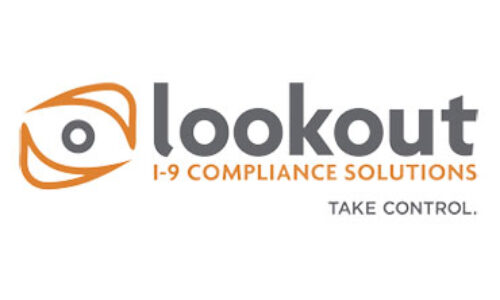
With the incidence of Immigration and Customs Enforcement (ICE) worksite investigations estimated to have quadrupled in recent years and the number of Form I-9 audits and audit-related arrests estimated to have also increased, it is more important than ever for employers to be able to prepare for and know how to handle an ICE audit.
Since the passage of the Immigration Reform and Control Act of 1986, the federal government requires employers to have all employees complete a Form I-9 to help establish identity and authorization to work within the United States. Federal law agencies such as Homeland Security, of which ICE is a part of, also have the right to announce an audit or conduct a raid to review an employer’s Form I-9 procedure and overall compliance.
However, employers who are well versed in proper Form I-9 protocol and how to handle an ICE audit should have more peace of mind in the event that the company receives a Notice Of Inspection (NOI).
Ice Audits and the Form I-9
According to federal law, ICE is responsible for enforcing I-9 compliance mandates through the Homeland Security Investigations Division, which can also be referred to as the Worksite Enforcement Unit. While Homeland Security is responsible for overseeing a number of domestic and international situations, audits for I-9 compliance are a small but serious portion of the organization’s job.
In recent years, the number of audits are said to have increased so dramatically that the organization has had to pull in a number of employees for additional help during times when there is a high surge of activity. This situation alone should be enough motivation to propel a company to be proactive in being Form I-9 compliant.
What can trigger an I-9 audit?
One of the most common questions employers ask is, “How likely am I to be subjected to a compliance audit?” More often than not, the answer to that question depends on:
- Credible Tips. Whether a tip is submitted via phone or online, it is typically first examined for credibility. It is not unusual for Homeland Security to receive a tip from a current or former disgruntled employee or even a disgruntled competitor.
- Previous Audits. It is not uncommon for companies that have been previously audited to also have a follow up visit. Employers who have already experienced one Form I-9 audit should follow all of the investigator’s recommendations in preparation for what could become audit number two.
- Red Flag From a Government Agency. In some cases another government agency could red flag a company if there is concern related to something like wage investigation or a company being an Equal Employment Opportunity employer.
- Mismatch Letter Receipt. Companies that receive a letter from the Social Security Administration acknowledging that a social security number does not match a person’s name could eventually be subjected to an audit. In many cases a mismatch letter can simply be the result of human error.
Regardless of what triggered the audit, employers receiving a NOI should be prepared to turn over Form I-9 documents to the federal government to prove compliance.
Form I-9 Violation Consequences
If a company is audited there are several key things that investigators will be looking for, which may include:
- A completed Form I-9 for all current employees
- Adherence to Form I-9 deadlines
- Proper Form I-9 protocol
After a review of these primary areas, investigators may then assign fines or other consequences for violations that are civil or criminal in nature.
Civil fines generally related to incomplete forms, missing signatures, and missed deadlines can be as high as several thousand dollars per offense.
Consequences for criminal violations such as patterns of knowingly hiring undocumented individuals or harboring individuals in the U.S. could result in heavy fines, loss of workforce, or loss of a business license. Additional areas that could result in damaging consequences may include criminal violations such as perjury, VISA fraud, identity fraud, identity theft, tax fraud, or mistreatment of workers.
How to Handle an ICE Audit
One of the best ways to handle an ICE audit is preparation. With the number of worksite investigations on the rise, every company should be making every reasonable effort to get its Form I-9 protocol in order. While the process can sound daunting, resources such as digital I-9 software may be able to help.
Digital I-9 software typically offers users the following features:
- Printable checklist for employees to get familiar with the information that will be requested the first day of work
- Printable checklist for employers to help keep track of an employee’s Form I-9 progress
- Error Alerts for blank fields, incomplete fields, and missing signatures
- Document expiration alerts for documents that are set to soon expire
- Document archiving guidance
- Centralized reporting that can provide compliance reports at any time
- Audit assistance
Once a firm I-9 compliance resource is in place, it is crucial to train management. Fortunately, most digital software programs are designed to be user-friendly and require minimal training for proper use. From that point on, it is crucial that the employer maintains consistency in management, including holding regular training on Form I-9 protocol and periodic training management on digital I-9 software for current and new management alike.
By learning what typically prompts an audit, what ICE looks for in an audit, and how to handle an ICE audit with digital I-9 software, employers can be better equipped and prepared to achieve and maintain compliance.


Leave a Reply